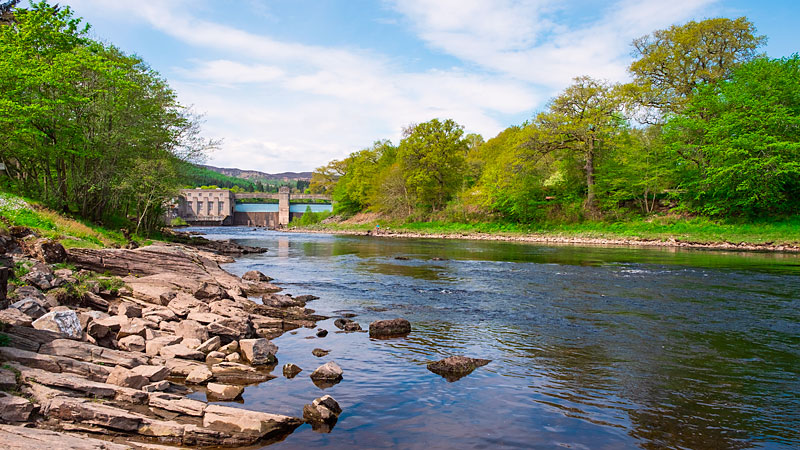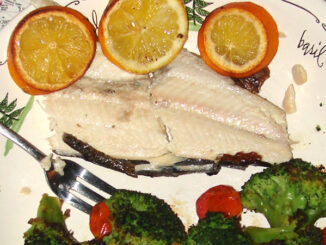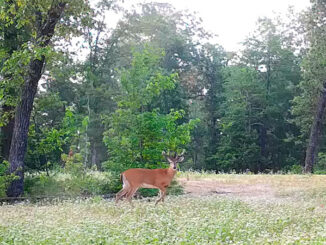
August is river time for anglers
August can certainly be a challenge for bass fishermen on most of our lakes in the Carolinas, at least during the daytime. I do a lot of night-fishing in August. But another way I make the most of my fishing opportunities is to go as far upstream in a lake as I can, even to the tailrace below the next dam.
I grew up on Lake Murray, which is fed by the Big Saluda River. And on the right day, with a jet-drive boat, you can get all the way to the base of Greenwood Dam. Most people don’t have a jet-drive that can run in a couple of inches of water, but I still like to go as far upstream as I can. And you can do the same thing in a lot of lakes. At Lake Marion, you can go up the Congaree or Wateree rivers. And at Lake Hartwell you can go up the Tugaloo and Seneca. At Lake Gaston you can go almost all the way up the Roanoke River to Kerr Dam. And at Lake Norman, you can get to the tailrace below Lookout Shoals Dam.
You go upstream for two main reasons: to get away from the majority of your recreational boat traffic, and because the water will be cooler. You’ll never get away from all of the boat traffic. Typically, you won’t have the whole place to yourself, but you can get away. And like fishing at night, the water temperature will be slightly lower from that cooler water that’s coming through the dam, off the bottom of the lake that’s upstream. A lot of times, the fishing will be much better.
Tackle to take for bass and other species
When I head out, I’ll take the kind of tackle I need to catch shellcrackers or redbreasts. I love to take an ultralight spinning outfit loaded with 4- to 6-pound test line, and I’ll take my bass tackle. Unless I go up after we’ve had a big storm, I’ll know the water is going to be clear, again, because of the water coming off the bottom of the other lake. You can use a variety of lures in clear water, and I love to throw topwater baits in clear water, so I’ll pack some Rapala Cover Raps and 5-inch Senkos.
You’ll often have a lot of overhanging branches along the banks that will provide shade. And that will mean cooler water. Typically, rocks are present — even up the rivers upstream from Santee Cooper where you normally wouldn’t find a lot of rocks. When you’re in a river, expect lots of rocks.
If you’re fishing a lake that has spotted bass, you’ll catch a lot of spotted bass up in the river section. They love that cooler, running water.
A couple of things to keep in mind. I like to go as far upriver as my equipment will allow me to safely go. If I can get to the tailrace below the dam, I’ll go that far. But if I can’t, I’ll be satisfied with getting up as far as I can. A good rule is, if you’ve got to take it easy, you’ve gone far enough.
What to look for when searching for river bass
Here’s what I look for when I’m fishing the upriver portion of a lake. I look for current breaks of all sorts, and the eddies that form around them. Keep your eyes open. You might find an eddy behind a rock, a boulder, a log or a tree. You generally have deeper water on the outside bends of a river, and you usually have that shade.
When you find an eddy or what mountain trout fishermen like to call a current seam — a place where a current of one speed bumps up against a current of another speed, or no speed — fish will sit right in the seam. You have to make good casts, because two inches on one side of the seam is slower water, and two inches on the other side is faster water.
You can see these places, if you keep your eyes open and recognize them. Otherwise, you can visualize them. You can figure out where the water is going to bounce away from a log or stump or rock.
Casting directions
I like to put the bow of my Phoenix bass boat into the current and make casts about 3/4 upcurrent most of the time. You don’t want to cast downcurrent, and you don’t want to cast where you’re retrieving your bait across the current. So I make a lot of upcurrent and 3/4 upcurrent casts. That way, my bait will look more natural moving with the current.
When I’m fishing the little Rapala Cover Pop, I’m going to be fishing it on 15-pound braid, with a 10- to 12-pound monofilament leader, on a 6-foot-6, medium-action 13 Fishing baitcasting rod and a Concept A2 reel. I’ll use the same tackle when I fish the Senko Texas-rigged.
You will usually catch real good numbers of fish when you’re fishing well up a river. You can catch big fish, too. Jay Yelas won the 2002 Bassmaster Classic on Lay Lake in Alabama, fishing way up toward Lake Logan Martin Dam, fishing just the way I’ve described. I won a BASS tournament on Pickwick Lake one time, right in the tailrace below Wilson Dam.
So give this part of the lake, which a lot of fishermen rarely see, a good effort. You’ll be pleasantly surprised with the kind of fish you can catch, and if it gets too hot, you can usually jump over the side and cool off.
I probably won’t do any back flips, however.





Be the first to comment